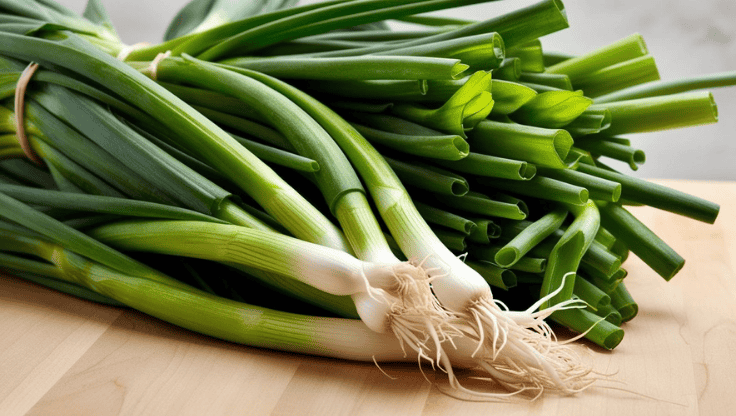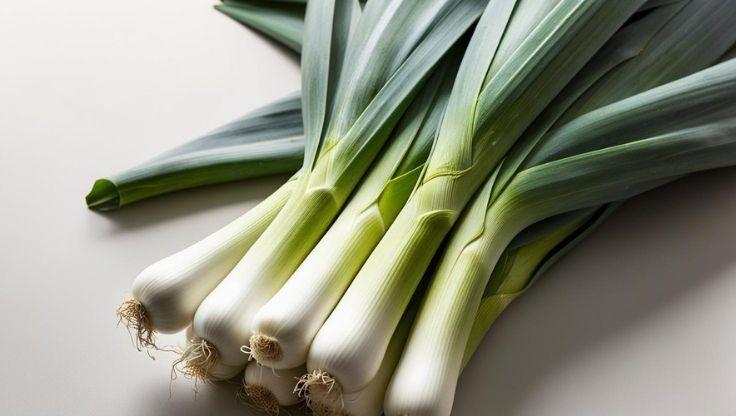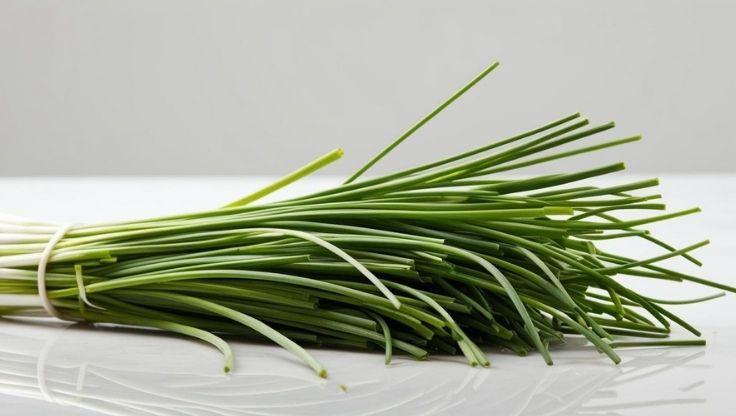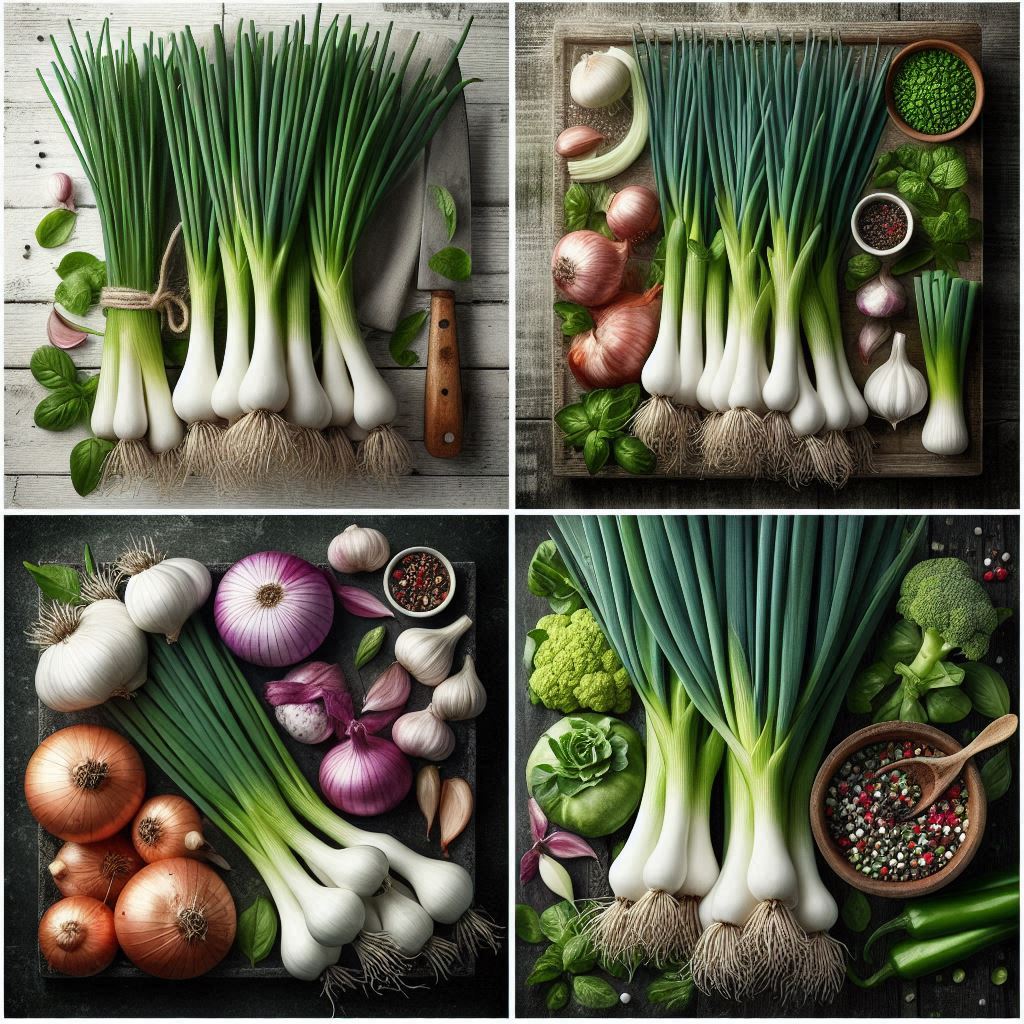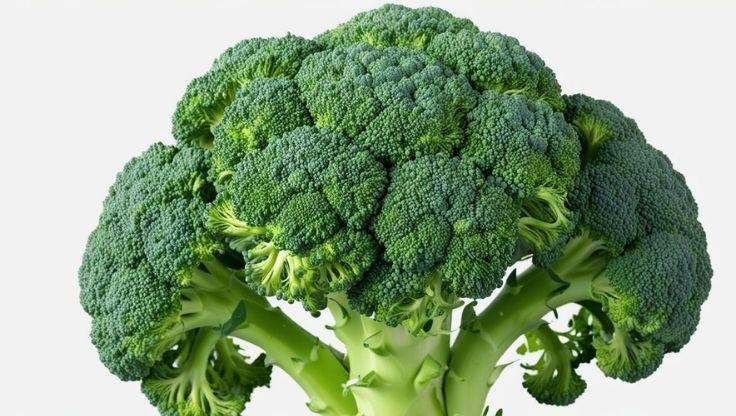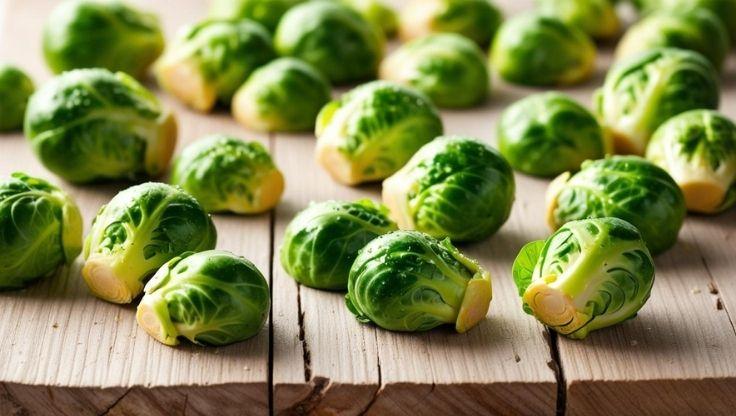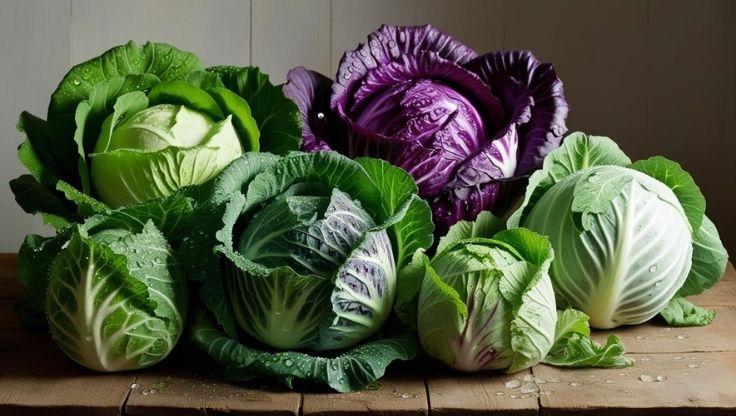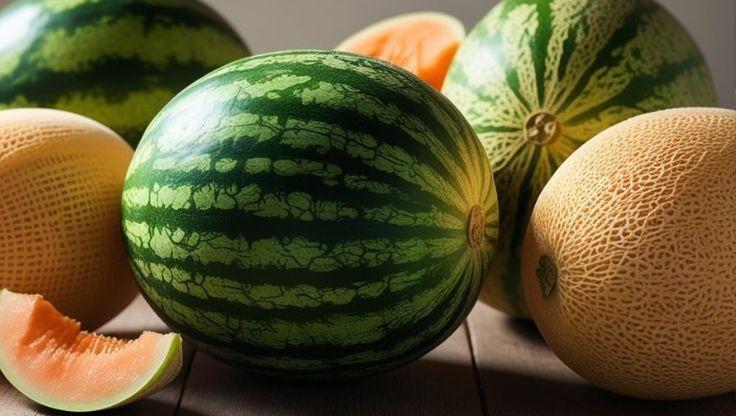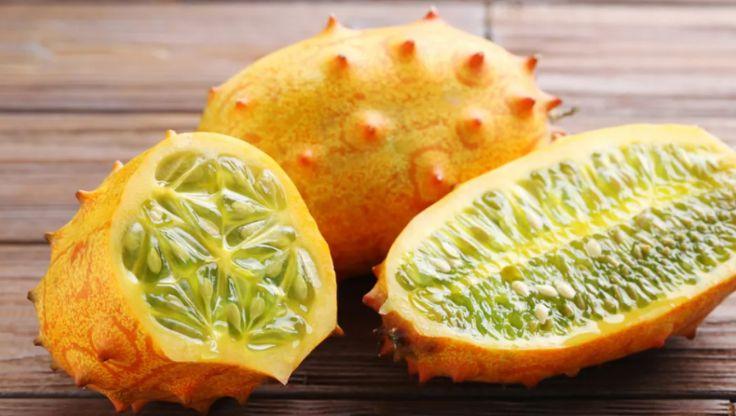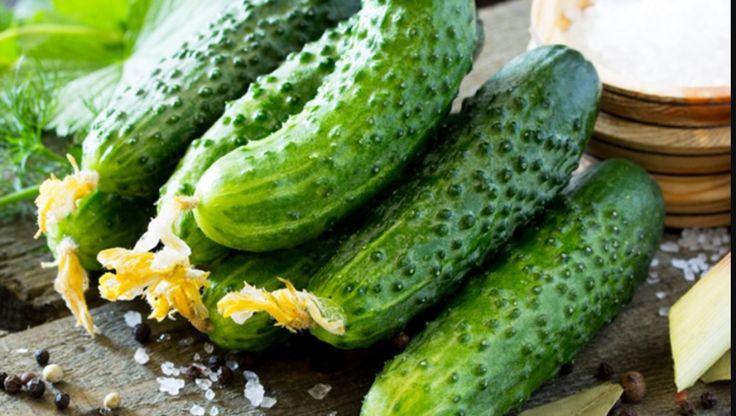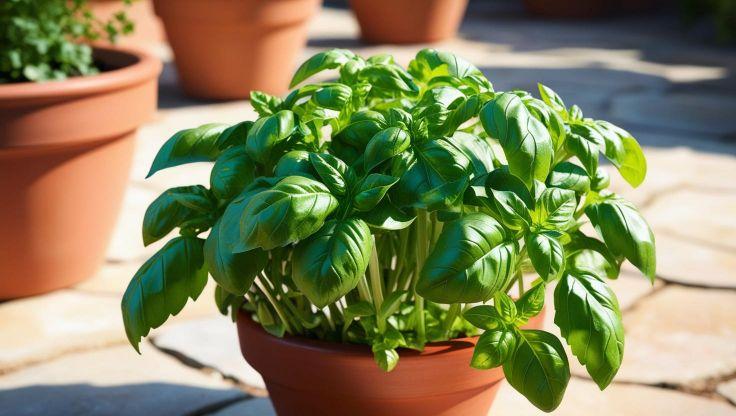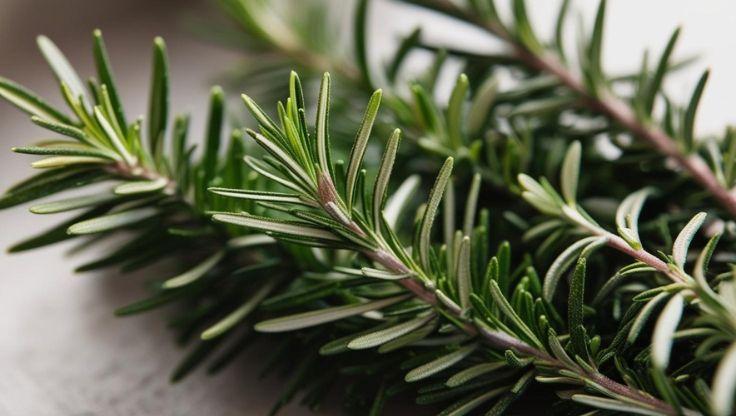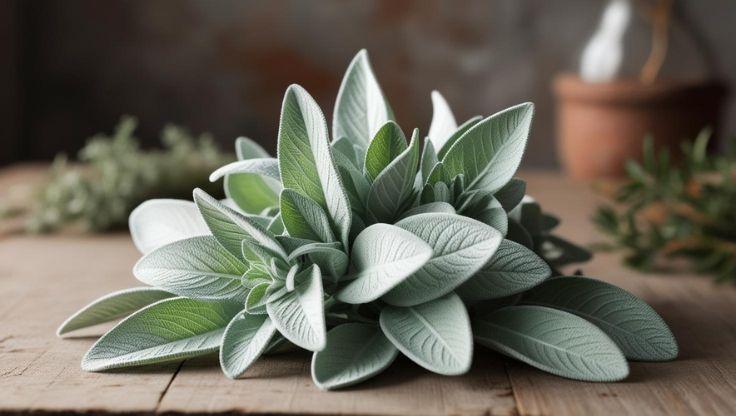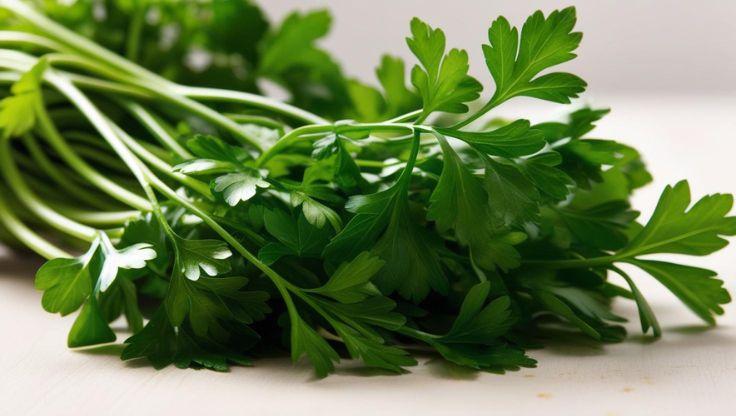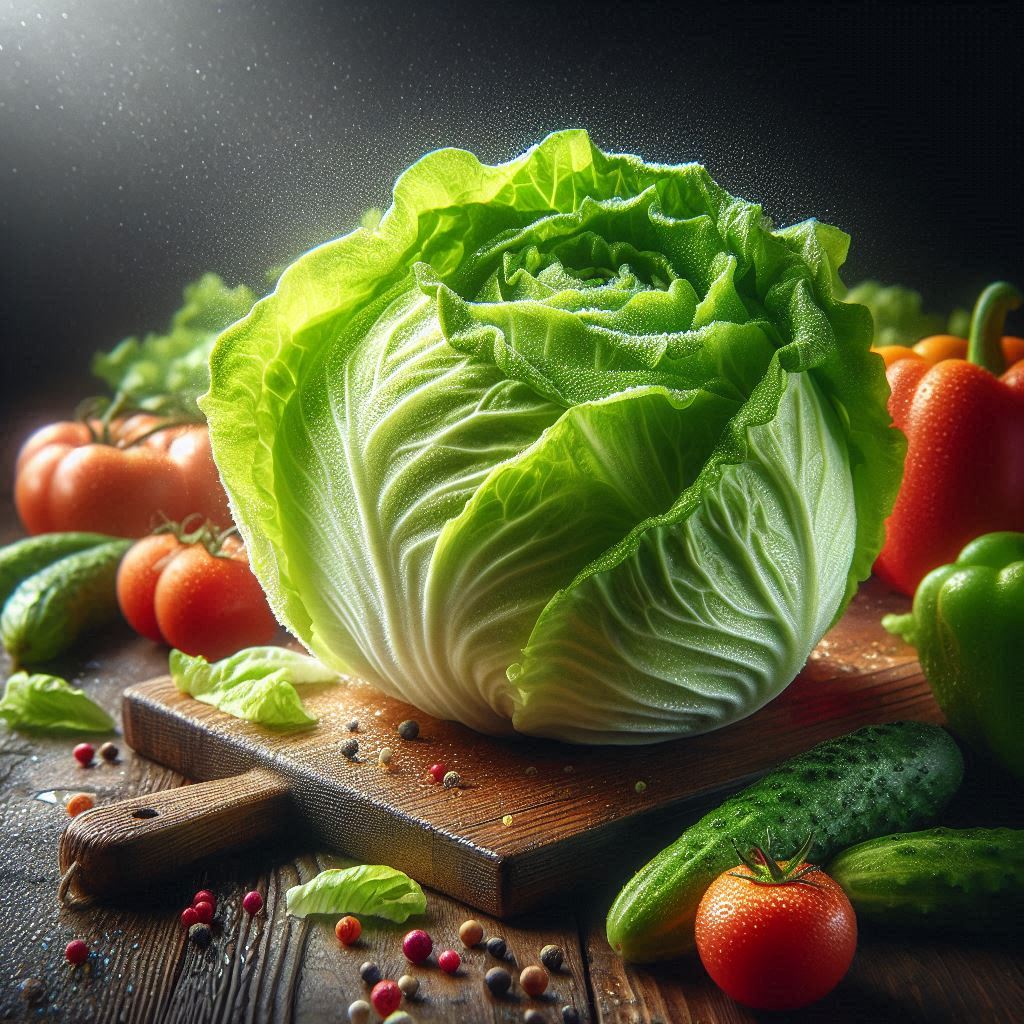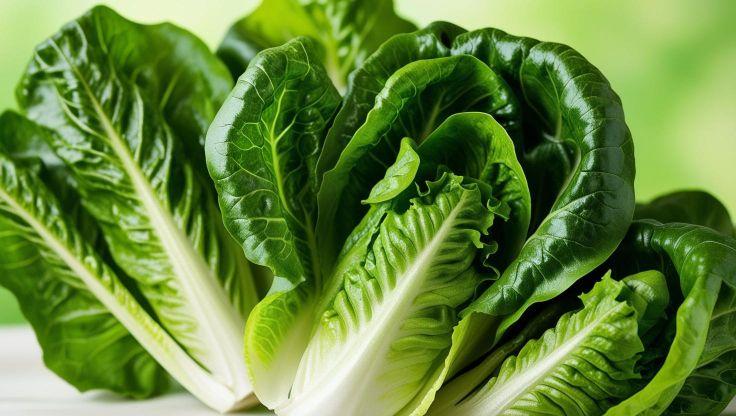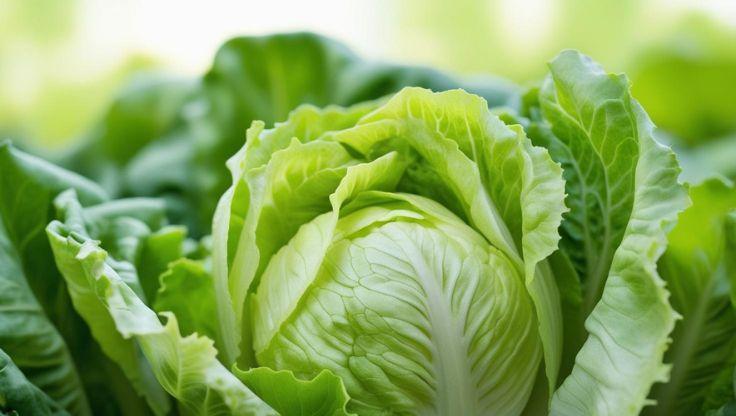Hydroponic Plants: Growing Sunflowers for Maximum Blooms
Sunflowers (Helianthus annuus), known for their bright yellow petals and towering stems, are one of the most recognizable flowers worldwide. Native to North America, they thrive in hydroponic farming due to their controlled growth conditions, efficient nutrient delivery, and faster maturation cycles. Unlike traditional soil-based cultivation, hydroponic plants eliminate soil-borne diseases, reduce water usage, and provide optimal nutrition, making sunflowers a perfect candidate for indoor and commercial hydroponic systems.

Cultivating Majestic Sunflowers: A Comprehensive Guide to Hydroponic Success
Hydroponic plants, such as the iconic sunflower (Helianthus annuus), present an exciting opportunity for growers to achieve stunning results in a controlled, soilless environment. Mastering the art of growing these vibrant hydroponic plants involves understanding their unique needs, from precise nutrient solutions to optimal environmental conditions. This guide delves into every aspect of cultivating thriving sunflowers hydroponically, focusing on how to maximize your yield from these beautiful hydroponic plants.
Optimal Nutrient Solution: The Foundation for Healthy Hydroponic Plants
The nutrient solution is the lifeblood for hydroponic plants, and sunflowers are no exception. Maintaining the correct balance of pH and Electrical Conductivity (EC) is absolutely crucial for the proper development of these hydroponic plants.
Fine-Tuning pH Levels
For hydroponic plants like sunflowers, the ideal pH range for the nutrient solution is between 5.8 and 6.5. This specific acidity ensures that all essential minerals are readily available for absorption by the roots of your hydroponic plants. Consistent monitoring with a reliable pH meter helps prevent nutrient lockout and promotes robust growth in your hydroponic plants.
Pro-Tip: Calibrate your pH and EC meters weekly using appropriate calibration solutions. This simple step ensures your readings are consistently accurate, preventing costly nutrient imbalances for your hydroponic plants.
Managing Electrical Conductivity (EC)
Electrical Conductivity, or EC, measures the total nutrient strength in your solution. Hydroponic plants like sunflowers thrive with EC levels between 1.5 and 2.0 mS/cm. This range provides ample nutrition for vigorous development without causing salt stress to the hydroponic plants. Regular adjustments will keep your sunflowers well-nourished within your hydroponic system.
Creating the Perfect Environment: Light, Temperature, and Humidity
Beyond the nutrient solution, the ambient environment profoundly impacts the growth and flowering of your hydroponic plants. Sunflowers, when grown as hydroponic plants, have specific preferences that must be met.
Illuminating Growth: Light Requirements
Sunflowers are sun-loving hydroponic plants and require ample light for photosynthesis and strong development. Provide 12–16 hours of full-spectrum LED light or abundant natural sunlight daily. This generous photoperiod encourages sturdy stems and large, vibrant flower heads, characteristic of healthy hydroponic plants.
Temperature for Strong Stems
Maintaining an optimal temperature range is vital for strong stem growth in sunflowers when grown as hydroponic plants. Aim for temperatures between 18–25°C (64–77°F). This warmth supports vigorous vegetative growth, ensuring your hydroponic plants develop the structural integrity needed to support their large blooms.
Humidity for Robust Flowering
Proper humidity levels contribute significantly to robust flowering in these hydroponic plants. A relative humidity of 55–65% is ideal. This range helps prevent issues like fungal diseases while supporting healthy transpiration and bloom development in your hydroponic plants.
Selecting the Best Hydroponic System for Sunflowers
Choosing the right hydroponic system can make a significant difference in the success of growing sunflowers as hydroponic plants. Visualizing these systems with diagrams or photographs can greatly aid understanding. Certain systems cater well to their growth habits, optimizing their potential as hydroponic plants.
Deep Water Culture (DWC)
Deep Water Culture (DWC) systems are an excellent choice for sunflowers when grown as hydroponic plants. This method encourages deep root development as the roots are suspended directly in an oxygenated nutrient solution, fostering strong anchorage and nutrient uptake for these large hydroponic plants.
Nutrient Film Technique (NFT)
The Nutrient Film Technique (NFT) is another effective system for growing hydroponic plants. It promotes efficient nutrient uptake by continuously flowing a thin film of nutrient solution over the roots. This ensures consistent nourishment for the developing hydroponic plants, though larger varieties may need additional support within the hydroponic setup.
Aeroponics for Superior Oxygenation
Aeroponics offers the advantage of maximizing root oxygenation for hydroponic plants. In this system, roots are suspended in air and misted with nutrient solution, leading to exceptionally healthy root systems and potentially faster growth for your hydroponic plants.
Crafting the Ideal Nutrient Mix for Sunflowers
A precisely balanced nutrient formulation is essential for maximizing flower size and overall health in hydroponic plants like sunflowers. [Placeholder for Expert Quote: e.g., "As Dr. Flora Hydro, author of 'Advanced Hydroponic Nutrition,' states, 'Sunflowers particularly benefit from a boost in potassium during early bloom formation for optimal flower development.'"] Key macronutrients and micronutrients play vital roles in ensuring that these hydroponic plants thrive.
A balanced nutrient solution rich in nitrogen (N), phosphorus (P), potassium (K), calcium, and magnesium is essential for hydroponic plants. While general-purpose hydroponic nutrients work, sunflowers may benefit from slightly higher P and K ratios during the flowering stage to support bloom development. Nitrogen fuels leafy growth. Consistent water circulation, oxygenation, and precise nutrient delivery are key to enhancing plant growth within your hydroponic system.
From Seed to Bloom: Growth Cycle and Variety Selection
Understanding the lifecycle and choosing suitable varieties are key steps for successful cultivation of sunflowers as hydroponic plants. Selecting the right varieties for hydroponic cultivation is crucial. Clear images showing healthy seedlings at the transplanting stage can be very instructive.
Seeding and Transplanting
Sunflower seeds should be planted one per hole or growing medium plug to initiate the growth of hydroponic plants. This ensures adequate space for root expansion without competition. Transplanting into the main hydroponic system typically occurs once seedlings reach 4–6 inches in height and have developed a strong initial root system to function efficiently as hydroponic plants.
Growth Timeline to Maturity
Maturity after transplanting for these hydroponic plants generally takes around 60–90 days, though this can vary depending on the specific sunflower variety and the consistency of the provided growing conditions. Patience and careful observation are rewarded with magnificent blooms from your hydroponic plants.
Popular Hydroponic Sunflower Varieties
Several sunflower varieties are well-suited for cultivation as hydroponic plants. Consider Autumn Beauty for its stunning multi-toned blooms, or Teddy Bear for unique, fluffy, dwarf-sized flowers, both offering unique advantages when grown as hydroponic plants. For impressive height, Giant Sunflowers can also thrive in robust hydroponic systems, showcasing the versatility of these hydroponic plants.
Pro-Tip: For Giant Sunflower varieties grown as hydroponic plants, plan for additional staking or support systems early on, as their impressive height and heavy flower heads will require it.
Unveiling the Uses and Benefits of Hydroponic Sunflowers
Hydroponically grown sunflowers offer more than just visual appeal; they provide edible parts and health benefits, making them valuable hydroponic plants for a sustainable lifestyle.
Culinary Delights from Your Hydroponic Garden
Hydroponically grown sunflowers can provide edible seeds rich in healthy fats, protein, and antioxidants, enriching the nutritional profile of your hydroponic plants. Beyond the seeds, the delicate petals and young sprouts can also be used creatively in salads and as garnishes, adding a unique touch from your hydroponic plants.
Health-Promoting Properties
Sunflower seeds are renowned for supporting heart health, aiding digestion, and boosting immune function, and these benefits are maintained when the plants are grown hydroponically. They offer a natural source of vitamin E, magnesium, and fiber, contributing to overall well-being when these hydroponic plants are incorporated into a balanced diet.
The Sustainable Advantage of Hydroponic Sunflowers
Growing sunflowers as hydroponic plants presents significant environmental benefits compared to traditional agriculture. Cultivating hydroponic plants contributes to a more sustainable future.
Compared to conventional farming, hydroponic plants like sunflowers use up to 90% less water, a crucial advantage in an era of increasing water scarcity. This method also helps eliminate soil-borne diseases, significantly reducing pesticide use. The controlled environment ultimately ensures cleaner, healthier blooms with a much smaller ecological footprint for these impressive hydroponic plants. [Placeholder for Citation: e.g., (Source: University of XYZ Extension, Hydroponic Water Usage Study, 2022)]
Overcoming Challenges: Pests, Diseases, and Environmental Stress
While hydroponic plants avoid many soil-based issues, vigilance is still required to manage potential challenges. Proactive solutions ensure your sunflowers remain healthy as hydroponic plants. Having access to clear visual guides of common pests and disease symptoms can be invaluable for early detection.
Common Pests and Diseases in Hydroponic Systems
Though soil pathogens are avoided, hydroponic plants can be susceptible to other issues.
-
Powdery Mildew: Identify by white, powdery spots on leaves. Control with adequate airflow, proper plant spacing, and if needed, sulfur-based organic fungicides. Ensuring good circulation around your hydroponic plants is key.
-
Aphids & Spider Mites: These sap-sucking pests can cause leaf discoloration and distortion. Manage with organic insecticidal soaps, neem oil, or introduce beneficial insects like ladybugs to protect your hydroponic plants.
-
Root Rot: This is a serious threat to hydroponic plants. Symptoms include wilting, slimy or brown roots, and a foul odor. Prevent with excellent root zone oxygenation, optimal water temperature (18-22°C / 65-72°F), and system hygiene. Treat early signs with increased aeration or diluted hydrogen peroxide.
Identifying Nutrient Deficiencies
Recognizing signs of nutrient deficiency early is crucial for healthy hydroponic plants.
-
Nitrogen (N) deficiency: Yellowing of older, lower leaves first.
-
Iron (Fe) deficiency: Yellowing of new, upper leaves with veins remaining green (interveinal chlorosis).
-
Magnesium (Mg) deficiency: Yellowing between veins on older leaves, sometimes with reddish-purple spots.
Promptly adjusting your nutrient solution can correct these issues in your hydroponic plants.
Solutions for Environmental Stress
Maintaining optimal conditions for your hydroponic plants is key to preventing stress.
-
Light Management: Involves adjusting LED intensity or duration to suit the growth stage for optimal blooming in your hydroponic plants.
-
Temperature Regulation: Utilize fans and climate control solutions to maintain the ideal temperature range for your hydroponic plants.
-
Nutrient Monitoring: Regularly balancing EC levels and pH ensures consistent nutrient availability for better flower production and overall plant health, promoting the well-being of your hydroponic plants.
Conclusion: The Bright Future of Hydroponic Sunflowers
Successfully cultivating sunflowers as hydroponic plants is a truly rewarding endeavor, blending horticultural skill with modern technology. By meticulously managing environmental parameters, nutrient solutions, and system choices, growers can produce spectacular, healthy sunflowers year-round. The benefits, from stunning blooms and edible yields to significant water savings and reduced pesticide use, highlight why these hydroponic plants are an excellent choice for both hobbyists and commercial cultivators looking towards a more sustainable and efficient future in agriculture. Embracing these techniques for your hydroponic plants opens up a world of vibrant possibilities.
Research for expert insights
Discover expert knowledge and comprehensive information in the following resources.
|
Institution |
Article Title |
Article Link |
|---|---|---|
|
Academia.edu |
Development of a Robust Hydroponic Method for Screening of Sunflower (Helianthus annuus L.) Accessions for Tolerance to Heat and Osmotic Stress |
|
|
Frontiers |
Ambient Aerosols Increase Stomatal Transpiration and Conductance of Hydroponic Sunflowers |
|
|
Springer |
The Design of an Easy-to-Make Hydroponic Cultivation Medium to Obtain Root Systems in Sunflower During Early Vegetative Growth |
Their research-driven approach offers valuable depth, making them a trusted source for those pursuing greater understanding.


